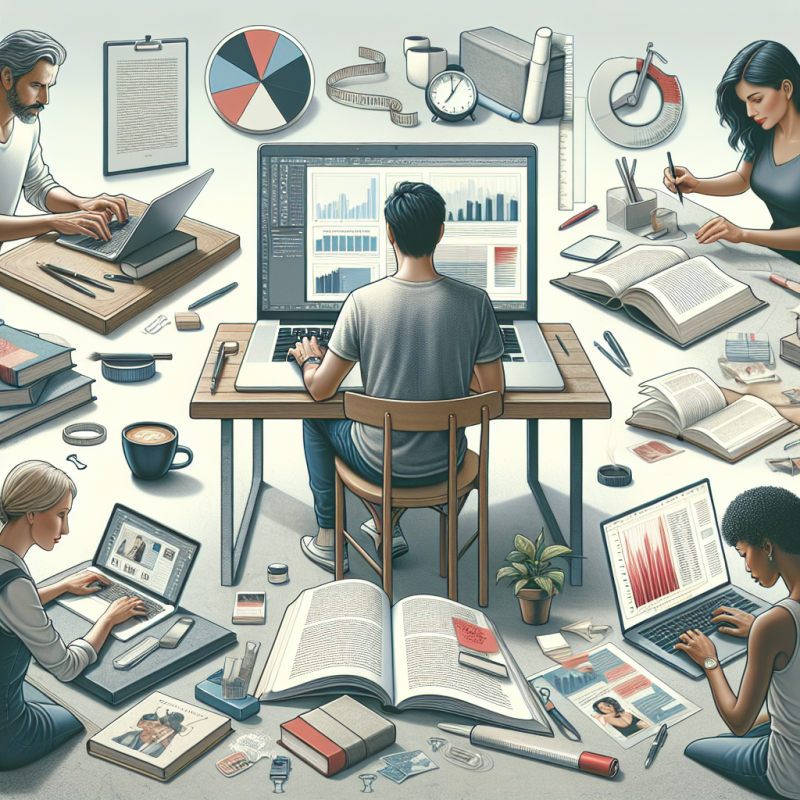Entrepreneurial Habits, Growth Mindset, Mindset and Entrepreneurial Success, Motivation & Productivity, Overcoming Challenges, Success Strategies
5 Techniques to Switch From Reactive to Proactive Thinking
Shifting from reactive to proactive thinking is a transformative approach that can significantly enhance your decision-making and problem-solving abilities. Embracing proactive thinking techniques allows you to anticipate challenges and seize opportunities, ultimately leading to a more successful and fulfilling life. But how do you make this shift? Let's explore five key techniques to help you on your journey.
Adjusting Your Mental Framework with Proactive Thought Techniques
Your mindset plays a crucial role in how you approach problems. By adjusting your mental framework with proactive thought techniques, you prepare yourself to tackle issues head-on rather than waiting to react. This doesn't happen overnight; it's about gradually shifting your perspective to prioritize anticipation over reaction. Consider starting your day by envisioning potential challenges and pre-planning responses. It’s like setting a mental game plan where you’re the captain guiding your team proactively.
Developing Proactive Problem Solving Skills
Enhancing proactive thinking involves refining proactive problem-solving skills. Instead of waiting for problems to present themselves, proactively identify potential issues and seek solutions ahead of time. This could involve scenario planning or brainstorming sessions focused specifically on potential obstacles. By practicing proactive problem-solving regularly, you’ll develop a knack for identifying problems before they occur, giving you a head start in creating solutions. For instance, anticipate the hurdles in your book marketing strategy right from the start instead of scrambling at the last minute.
Want to promote your book after it’s published? Check out our Book Marketing Articles.
Implementing Approaches to Proactive Mindset
One of the effective approaches to a proactive mindset is setting clear goals. By having defined objectives, you're giving yourself a roadmap to follow. Think of goal-setting as laying the tracks before the train journey; it ensures your destination is reached smoothly. Moreover, constantly visualize the outcomes you desire and map out smaller steps to get there. Visualization techniques help solidify your proactive mindset, cementing your focus on future possibilities rather than past mistakes.
Embracing Techniques for Proactive Thinking in Daily Life
It’s crucial to incorporate proactive thinking methods into your daily routine to witness substantial improvements. Daily reflection at the end of each day can help you understand your reactions and decide how you might respond proactively in similar future scenarios. This self-analysis fosters a proactive mindset, constantly honing your ability to think ahead. Embracing these techniques isn't just about strategic planning; it involves weaving these principles into everyday decisions until they become a natural part of your mindset.
According to Wikipedia, proactive behavior is self-initiated, change-oriented and aligned with a personal or organizational goal which ensures that individuals maintain a forward-thinking approach.
Adopting Proactive Thinking Methods Through Collaboration
Collaboration can significantly enhance proactive thinking techniques. Working with others allows you to gain diverse perspectives and ideas, expanding your understanding of potential challenges and innovative solutions. When you collaborate, you're not just relying on your insights; you’re leveraging a collective mindset that’s far more robust and innovative. Group brainstorming sessions and feedback loops can be excellent methods for fostering proactive thinking in a team setting.
It's not about predicting the future; it's about being well-prepared for it.
Frequently Asked Questions About Proactive Thinking Techniques
Q: What is the primary benefit of proactive thinking techniques?
A: The main benefit is the ability to anticipate and address potential problems before they become significant issues, leading to better decision-making and success.
Q: How do proactive thinking techniques differ from reactive thinking?
A: Proactive thinking involves anticipating and planning for future challenges, while reactive thinking involves responding to events after they occur.
If you're serious about growing your author career, don't miss out on these free tools and templates built specifically for writers. Access all 7 free resources here.

